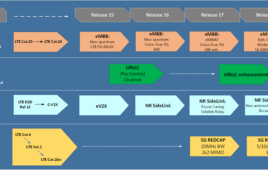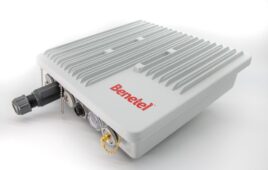The HTC Evo 4G from Sprint will be officially available on June 4 for $199.99 with a two-year agreement. One of the most highly anticipated devices of the summer, the Evo has garnered rave reviews from around the industry since it was unveiled at CTIA in Las Vegas this past March.
HTC EVO 4G, which is a dual-mode CDMA and WiMAX capable smartphone, features the latest version of the Android platform, Android 2.1. Additional specs include simultaneous voice and data capability in 4G and Wi-Fi coverage areas, a 1GHz Qualcomm Snapdragon processor and two cameras – an 8.0-megapixel auto-focus camera with HD-capable video camcorder and a forward-facing 1.3-megapixel camera.
Additionally, the Evo packs built-in mobile hot spot functionality, allowing up to eight Wi-Fi enabled devices to share the 3G or 4G connection on the go with a laptop, camera, music player, game unit, video player or any other Wi-Fi enabled device. That service will cost an additional $29.99 per month.
The phone was built for HD media, featuring a 4.3-inch display and the ability to watch video with the device on an HDTV via an HDMI cable
According to a press release, the HTC Evo 4G will be available in all Sprint retail channels, including online and national retail partners, RadioShack, Best Buy and Wal-Mart. Pre-registration is available now at Sprint’s website.
Sprint currently offers 4G service in 32 markets, with plans to launch WiMAX service in multiple markets in 2010, including but not limited to, Boston, Cincinnati, Cleveland, Denver, Los Angeles, Kansas City, Miami, Minneapolis, New York City, Pittsburgh, Salt Lake City, San Francisco, St. Louis and Washington, D.C.




